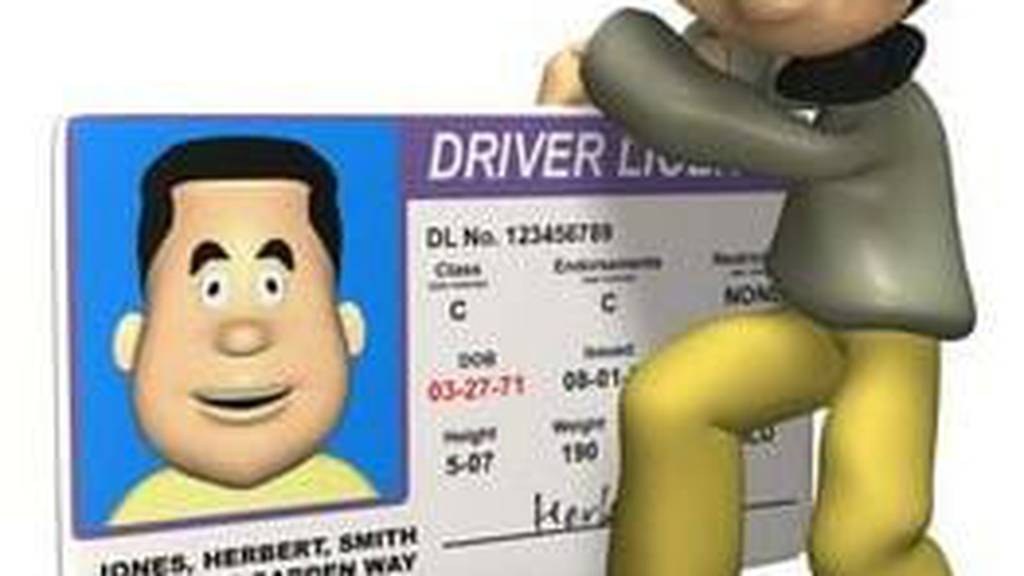Identity Theft takes many forms. In some cases, your identity can be used to withdraw money from existing accounts or to use existing credit. One of the more difficult types of identity theft to detect, however, is called new account fraud.
With new account fraud, your personal information (e.g. social security number, date of birth, account number, credit or debit card number) is used to open unauthorized credit in your name. Because this type of identity theft involves the opening of new accounts, months can often go by until you realize what has happened. Most victims of new account fraud learn their identity was compromised when creditors begin calling seeking payment of credit card and other debt.
While you aren’t likely to be liable for fraudulent use of your personal information, victims of identity theft run into a host of problems. When these accounts are reflected on your credit history, your credit score can drop significantly. A lower FICO score can result in higher insurance rates, trouble obtaining credit, increased interest rates, and a lot of trouble having derogatory information removed from credit records. New account fraud can even hinder your ability to buy a home.
There are two approaches to protecting yourself from new account fraud: prevention and detection.
Prevention
1. Shred any documents you throw away if they contain your personal information. These include bank statements, credit card statements, insurance and medical records, and tax returns. Many identity thieves will rummage through trash to find personal information to steal. Don’t risk it. This information will go a long way in helping a thief open a new line of credit.
2. Properly recycle old computers. If you have any personal information on your computer, it may remain recoverable even after you delete the files. Most deleted data is still on your hard drive and it’s just waiting to be overwritten the next time your computer needs the space for more files. There are programs available to permanently wipe a hard drive, which you should use before disposing of your computer.
3. Be aware of phishing emails. You may occasionally receive emails trying to mimic communications from your bank or lender. These emails typically ask you to confirm account information, including pin numbers. Rest assured that these emails are probably not from your bank, Amazon, or PayPal. The best approach is simply not to click on links in e-mail. If you think the e-mail may be legitimate, call your bank and speak to a representative.
You should also report this to your bank, as most banks have fraud reporting services. As your bank has probably told you, no banking representative will call to ask for your pin. If you receive an email asking for that, it’s a huge red flag. The same goes for account and routing numbers. Many banks today offer instant approval for new lines of credit to existing customers. If an identity thief gets a hold of your banking information, they may be able to open a new line of credit at your bank and run up charges before you know the account exists.
4. Protect against computer viruses. A computer virus can be used to steal passwords and other personal information. Particularly if you use a PC, investing in antivirus software such as Norton 360 is money well spent.
5. Lock down your credit file. You can use services such as LifeLock to lock down your credit. This should prevent most types of new account fraud, although it's not perfect. I generally believe that a service such as LifeLock should be a prevention tactic of last resort. It can help if you believe your identity is at risk or has been compromised.
Detection
Although prevention should be our first line of defense, detection is important, too. There are basically two ways to determine new account fraud--periodically reviewing your credit report and credit monitoring.
6. Review your credit report. You can get a free copy of your credit report each year from the three major credit bureaus. Visit AnnualCreditReport.com to get your credit report. One approach is to get your report every four months from a different credit bureau. Check each report for accounts that you did not open or authorize.
The good news about annualcreditreport.com is that it's free. However, it's not an ideal form of detection because months can go by before you learn that your identity has been compromised.
7. Monitor your credit. With credit monitoring services, you are alerted when there are changes to your credit file, including new accounts. The downside is that there is a monthly fee for this service of about $15. The upside is that it’s one of the best forms of detection available.









